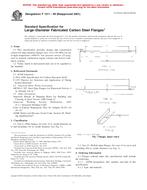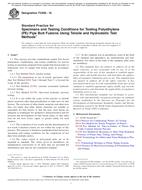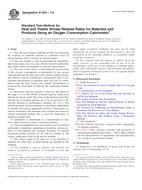1.1 This guide describes procedures for obtaining data concerning the adverse effects of a test material (not food) added to marine and estuarine waters on certain species of marine and estuarine mysids during 96 h of continuous exposure. Juvenile mysids used in these tests are taken from cultures shortly after release from the brood and exposed to varying concentrations of a toxicant in static or flow-through conditions. These procedures will be useful for conducting toxicity tests with other species of mysids, although modifications might be necessary.
1.2 Modifications of these procedures might be justified by special needs or circumstances. Although using appropriate procedures is more important than following prescribed procedures, results of tests conducted using unusual procedures are not likely to be comparable to results of many other tests. Comparisons of results obtained using modified and unmodified versions of these procedures might provide useful information concerning new concepts and procedures for conducting acute tests with other species of mysids.
1.3 The procedures given in this guide are applicable to most chemicals, either individually or in formulations, commercial products, and known or unknown mixtures. With appropriate modifications these procedures can be used to conduct acute tests on factors such as temperature, salinity, and dissolved oxygen. These procedures can also be used to assess the toxicity of potentially toxic discharges such as municipal wastes, oil drilling fluids, produced water from oil well production, and other types of industrial wastes.
1.4 Results of acute toxicity tests with toxicants experimentally added to salt and estuarine waters should usually be reported in terms of a LC50 (median lethal concentration).
1.5 This guide is arranged as follows:
1.6 The values stated in SI units are to be regarded as the standard.
1.7 This standard does not purport to address all of the safety problems, if any, associated with its use. It is the responsibility of the user of this standard to establish appropriate safety and health practices and determine the applicability of regulatory limitations prior to use. Specific precautionary statements are given in Section 7.
Product Details
- Published:
- 03/10/1998
- Number of Pages:
- 23
- File Size:
- 1 file , 270 KB


